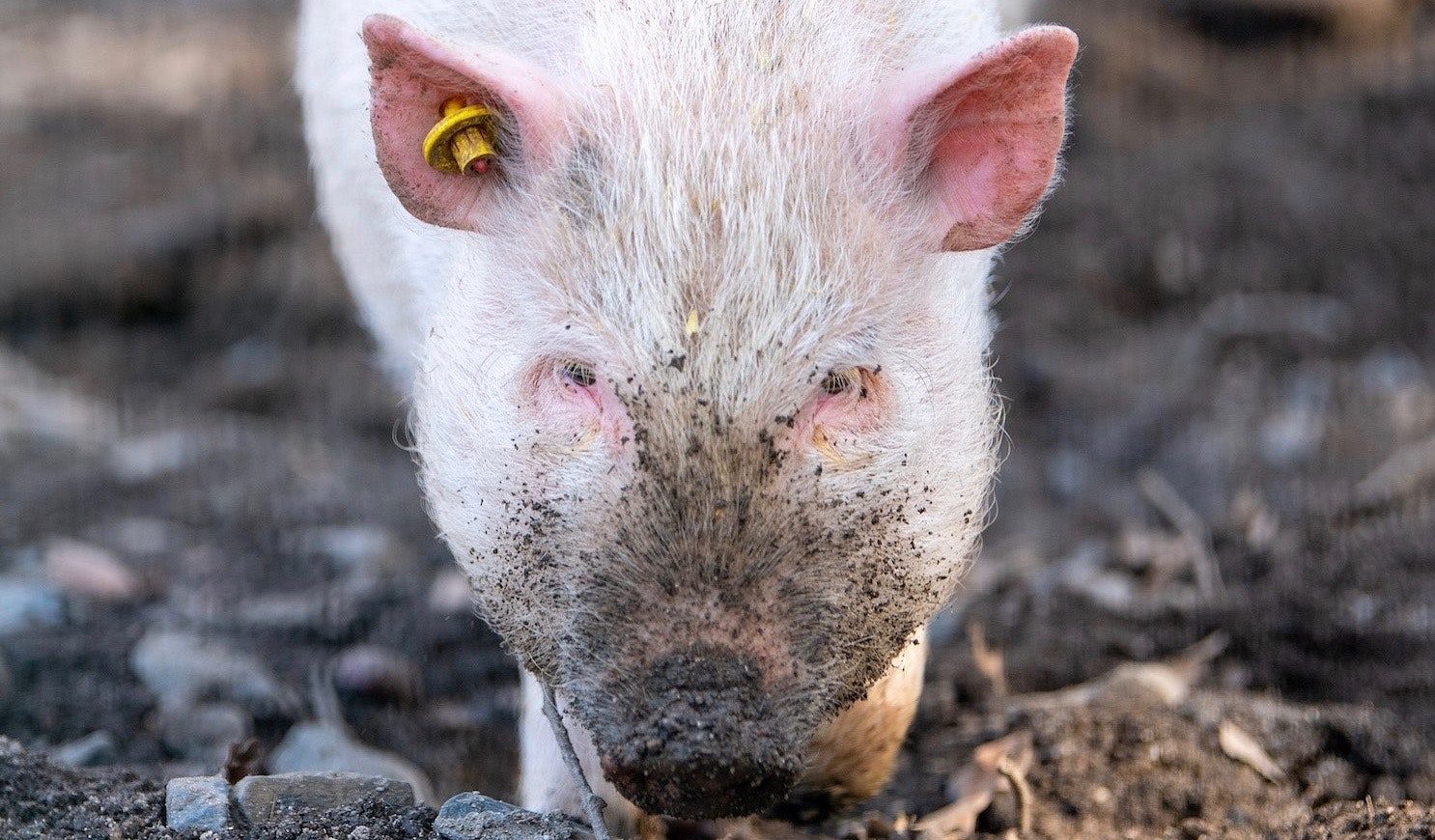
In a paper published in the journal Nature, researchers led by Zvonimir Vrselja from the Yale School of Medicine in the US report "the restoration and maintenance of microcirculation and molecular and cellular functions of the intact pig brain" up to four hours after death.
The findings, they write, "demonstrate that under appropriate conditions the isolated, intact large mammalian brain possesses an underappreciated capacity" for restoration. The results are at once extraordinary and, legal experts and bioethicists say, deeply concerning.
In effect, Vrselja and colleagues have created the world's first zombie pigs.
They did so by first making a fluid, dubbed BrainEx, which was fed into the vascular system of the brains of the pigs. The animals had earlier been slaughtered for meat production.
The fluid is haemoglobin-based, but contains no cells and does not coagulate. It is propelled through brain veins, arteries and capillaries in a way that mimics the pulsation of proper blood at standard body temperature.
The researchers say BrainEx promotes tissue recovery from anoxia - a lack of oxygen - reduces vascular injury, prevents fluid build-up and "metabolically supports the energy requirements of the brain".
Monitoring 32 pig brains undergoing the procedure, Vrselja's team noted that at the four-hour mark, post-mortem cell death slowed down, followed by the "restoration of vascular dilatory and glial inflammatory responses, spontaneous synaptic activity, and active cerebral metabolism".
In other words, parts of the brain began to function again.
And that is amazing, or shocking, depending on perspective.
The research demonstrates that, contrary to common belief, brain death - or at least, the deterioration of molecular and cellular function - occurs over a protracted period and that, in some manner, can be halted and reversed after an extended post-mortem period. In still-living organisms, including eventually humans, this may have positive ramifications for the treatment of brain injury.
However, it is important to note - and Vrselja and colleagues are quick to underline the point - the results showed a neurophysiological recovery, not a neurological one. Revived activity was limited in scope and location, and there was no indication of global brain activity - the sort of integrated activity that might indicate a return to full function and perhaps even consciousness.
And while the researchers hail their work as laying the foundations for "a new class of tools" for eventually treating brain injury, they do not explicitly rule out pursuing full reanimation at some stage.
"The [present] inclusion of various antagonists in the BEx perfusate might exert an overall inhibitory tone within the brain, further dampening global network activity," they note.
Concluding that much more research is needed, they stress the need for future work to be conducted ethically - a point emphasised by two groups of academics contributing commentaries to the same issue of Nature.
A team led by law professor Nita Farahany from Duke University in the US says the research "raises a host of ethical issues". One of these, the writers note, is that it reveals potential limitations to current regulations governing animal experimentation.
"Most fundamentally, in our view," they continue, "it throws into question long-standing assumptions about what makes an animal - or a human - alive."
In the second editorial, bioethicists Stuart Younger and Insoo Hyun from Case Western Reserve University School of Medicine, US, say because the research raises questions about the definition of brain death, it also impacts decisions on the timing and nature of organ donation.
"Researchers are a long way from being able to restore structures and functions in the brains of people who would today be declared dead," they write.
"But, in our view, it is not too early to consider how this type of research could affect the growing population of critically ill patients who are waiting for kidneys, livers, lungs or hearts."



Reader Comments